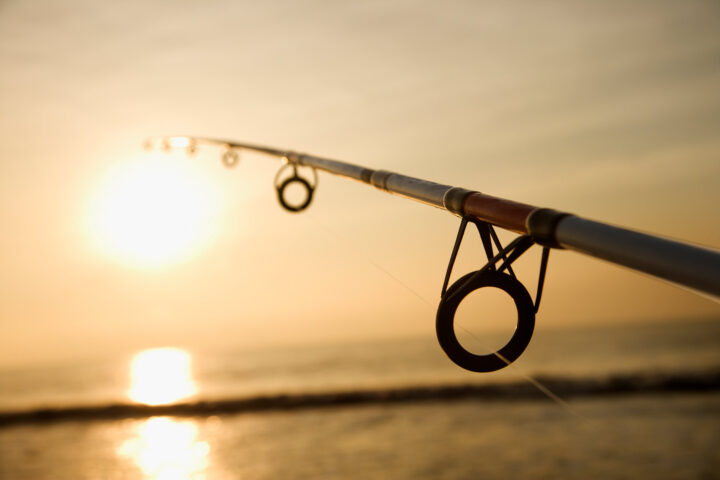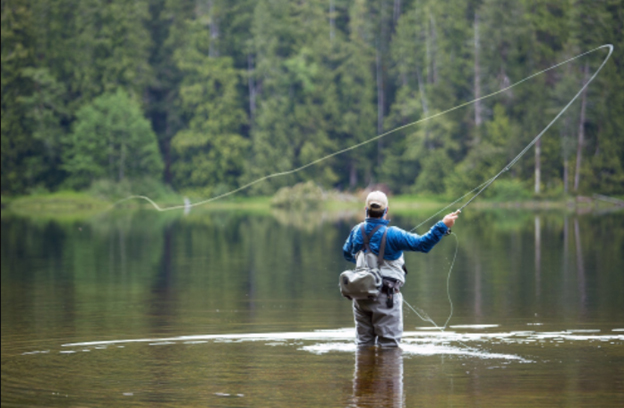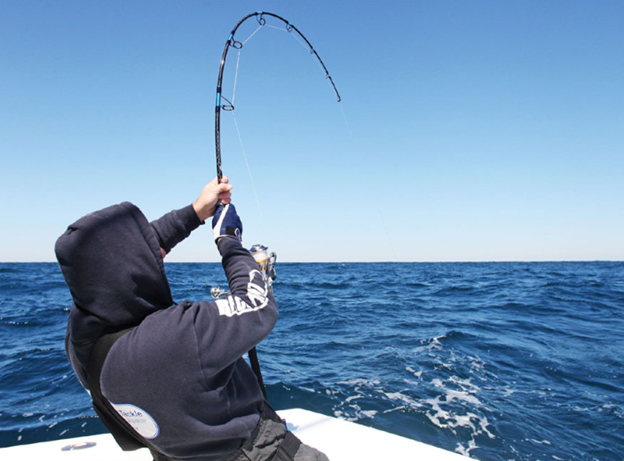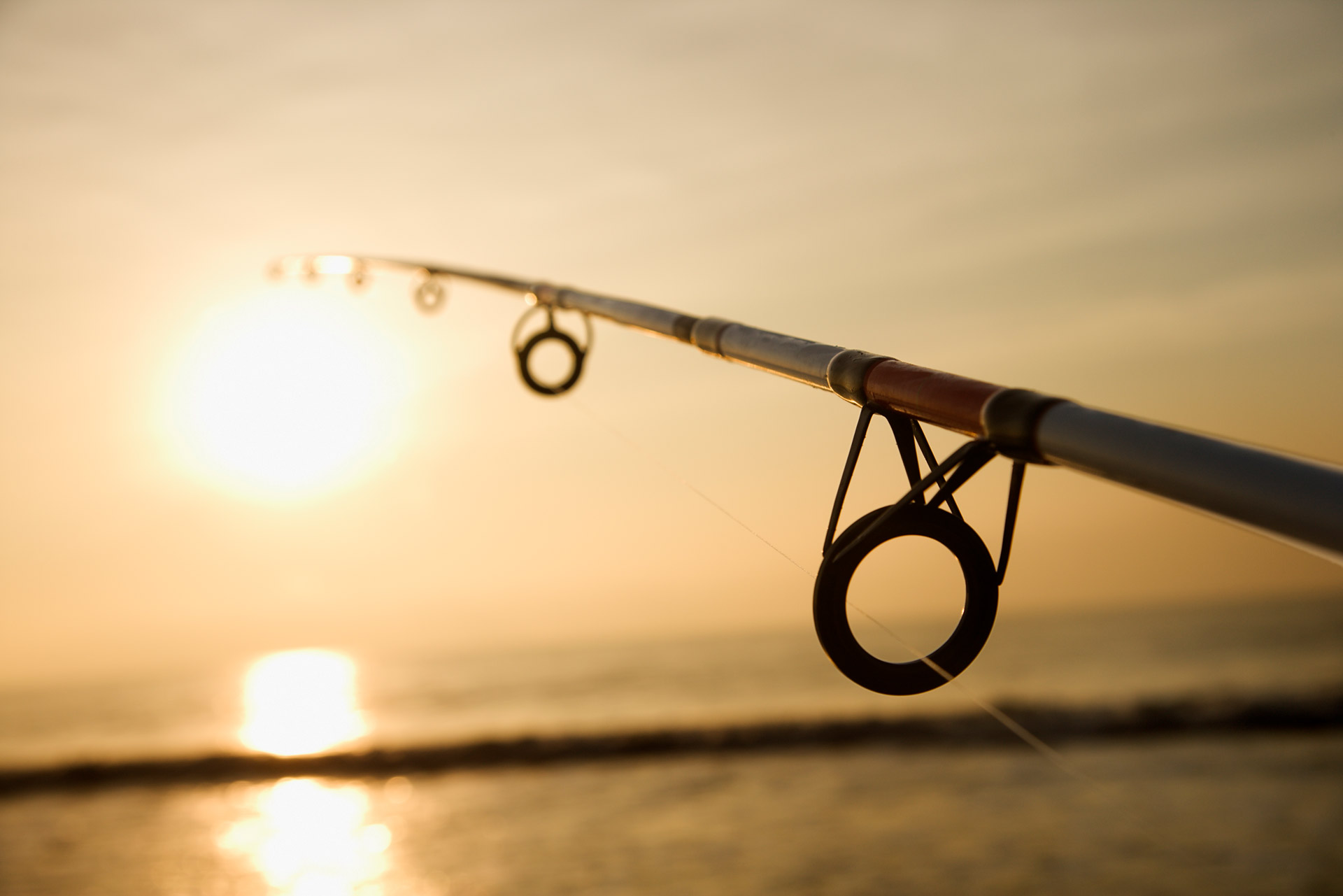How to Pick Rod Length and Action: Choosing the perfect rod

Choosing the right rod length and action is very important. If you don’t choose these correctly, you may not be able to cast them accurately, or worse yet, you may lose a fish.
Rod length is determined by the length of the rod, and the action determines how easily a rod can be manipulated. When choosing a rod, it's important to know what you plan to do with the rod. If you are planning to go fishing with your boat, in order to increase fishing success and enjoyment you might also consider fishing rod holders.
You should measure the length of your rod from the handle to the tip since this will greatly influence your casting ability.
After deciding the length of the rod, power, and action you require, you then will have a better idea of which rod to purchase. Most fishing rod lengths range between 6 to 12 feet, and you can choose according to the types of fishing you will be doing. For instance, big bass will require a different rod length and action compared to smaller fish.
That's why it's so important to choose a rod action and length that will help your fishing not hinder it.
This article will go over the importance of picking the right rod length and action for your fishing needs.
How To Pick Rod Length?

Sometimes length is often overlooked in favor of power and motion. But is it a critical factor influencing how a rod performs in any fishing situation? And therefore, how comfortable is the fisherman while doing so?
While there are outliers on both ends of the spectrum, the bulk of current fishing rods is between 5'6′′ and 9′ in length. But the majority fall between 6'6′′ and 7'6′′. When it comes to casting, the length of the rod can have an impact on both accuracies and distance.
A shorter rod enables more precise casting due to its ease of handling and manageability. As a result, a shorter rod can be a preferable option when longer casts aren't required.
But the best ultralight baitcasting rods for fishing are a combination of action, power, and quality. Through all of these, they can offer a winning combination. The longer the rod, the further you can throw, but your throws' accuracy will diminish.
Most ultralight rod makers don't make rods larger than 7 feet since casting efficiency diminishes at that length.
Rods come in all shapes and sizes. Some people opt for a good telescopic rod for ease of movement. Telescopic rods are great if you have a lot of moving around or hiking and you want to take your rod with you,
Finally, rod length impacts four areas of your fishing and should be taken into account when selecting your one.
Distance
As we said before, your fishing rod's length can influence the casting distance. If you have longer fishing rods that are approximately over 7 feet, then it can cast further. However, a shorter fishing rod, less than 6 feet, can't go further. So, though they have the same power and action, they can be more accurate.
You must remember that you need to sacrifice more accuracy if you want more distance. For example, no fisher will be accurate when working with 120 feet and 40 feet simultaneously.
Accuracy
The length of a fishing rod is one of the most critical metrics. This is the maximum distance the rod covers from its tip to the bottom. Your fishing rod's length will impact several things - such as casting distance, accuracy, and hook set leverage.
If you use a shorter rod that can be less than 6 feet, managing it will be easier. The cast doesn't require as much energy while moving it into motion and flexing it. When you use a long fishing rod over 7 feet, you don't need to pay attention to accuracy.
Comfort
Rod comfort is where rod length becomes personal, and you must be completely honest with yourself. Even though your favorite bass pro suggests an 8-foot pitching rod, it doesn't mean it's the ideal option for you.
Perhaps you're under 6 feet tall and not as muscular as you once were. Make your rod selection based on this. You'll feel more at ease with a longer rod if you're taller than shorter.
Leverage
Shorter, lighter action rods provide less leverage than longer, heavier ones. In addition, a heavy action rod loses lower energy since it flexes as little like a softer rod.
In this case, rod length generally takes a back seat to the action. Instead, you may need a long, heavy action rod and a sledgehammer hook. Especially when pitching or fishing a plastic worm or jig to force a single hook deep into the jaw of a lunker bass.
When casting a crankbait or jerk bait with numerous treble hooks, a light rod action is more important. However, avoid using a powerful hookset to keep the fish on the line.
How To Pick Fishing Rod Action?

Choosing what action your fishing rod will have will depend on the type of fishing you will be doing.
An action describes the flexibility and the bending behavior of your fishing rod.
Some novice fishermen have the issue of selecting the proper action for their fishing rod. They don't have the right idea between power and action.
When you apply pressure on your pole, an action will determine where it'll bend. Here we'll see some categories of rod action-
Extra fast action
With an extra fast action, only the very tip of the pole will bend. The line automatically tightens as the pole moves as you strike. Making it much easier to set a hook when a fish bites.
Most anglers prefer the extra fast action as it is the most sensitive. Just because your rod can transfer every individual vibration from your fishing line to the handle, thus you can quickly feel bites in your hands.
Such as, when you use an ice fishing pole with the extra first action, you'll automatically understand when the fish is nibbling on the bait.
Fast action
The rod will bend in the upper third of the rod when this action is applied. Though this action also bends the rod at the tip, they do this slightly more than the first one before.
It'll offer you some extra flexibility which will be helpful while fighting a big fish. This flexibility will be great for bass fishing as they do many surges and jumps. The pole will help you control the jumps and surges if it has extra flexibility.
Moderate action
The rod bends most pronounced in the upper half, which is the middle of the rod but not on the tip. Thus it proves that it's the more sensitive one than the other action.
While a big fish shakes off your hook, your pole's flexing can absorb the movement force. So it'll help to tire out the fish without dropping off the hook.
During the first portion of the cast, a moderate blank has extra flex that stores power. This will be released at the end of the cast, so achieving casting distance will be easy. Consequently, the surfcasting rods are generally moderate or slow models with lots of flex.
Slow action
With casting lighter lures with a light line, slow-action rods can bend more. You might need this slow action while fishing for panfish or trout. As a result, you can select a slow action rating. In addition, using a slow-action rod with a parabolic flex will help you cast lighter baits further.
Final thoughts
Now that you have a better understanding of rod length and action you should be able to make the best choice for your next fishing trip.
Always remember right action for your rod will depend on the type of fishing you will be doing. For example, you might want to use a slow action when you're fishing for smaller fish or a fast action when you're fishing for bigger fish like bass or sea fishing.
So, the next time you're in the market for a new fishing rod, don't just consider the length. Think about the action as well. Check out my best bass fishing rods for a list of good rods to use when bass fishing.



